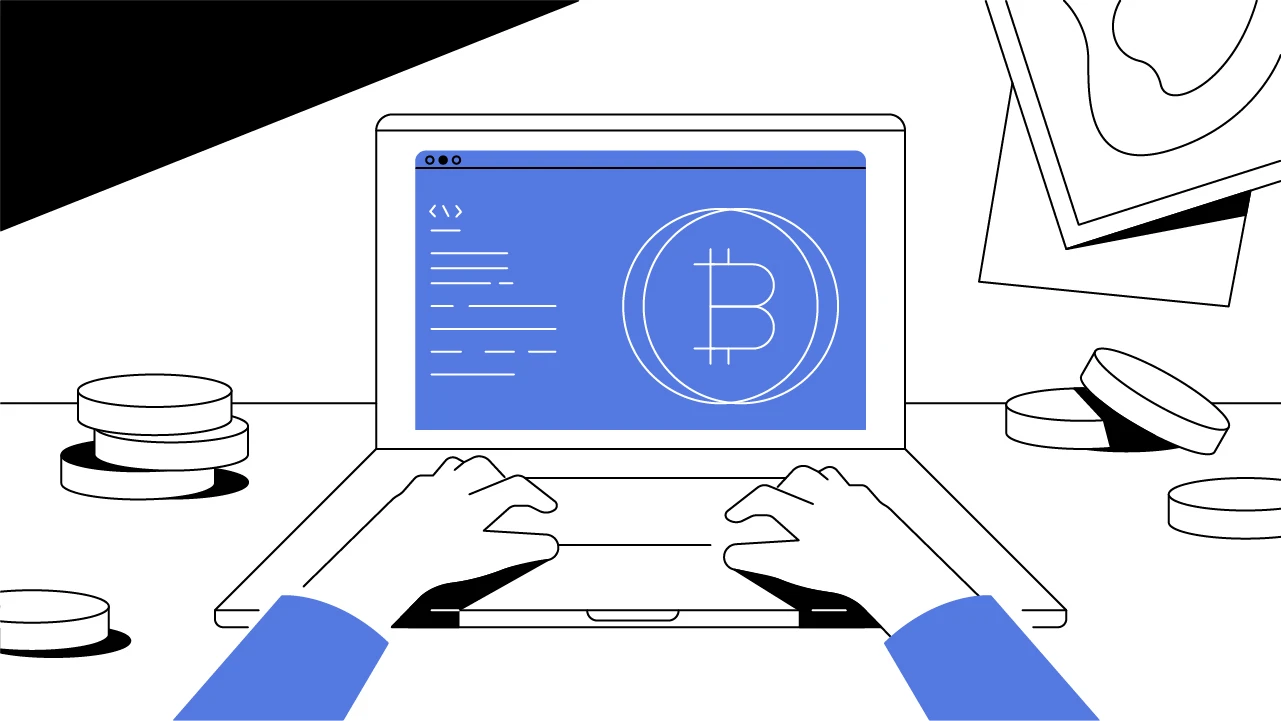Contents
What Is Mt. Gox?
Learn about what was once the largest Bitcoin exchange in the world, and its effect on the crypto industry.
Updated August 20, 2024 • 3 min read

Summary
Mt. Gox was a major cryptocurrency exchange based in Tokyo, Japan, that handled 70% of Bitcoin transactions worldwide until it collapsed in 2014 due to a security breach that led to the loss of 850,000 BTC. This incident spurred significant regulatory changes globally, prompting stronger security practices and frameworks for digital asset exchanges, including anti-money laundering (AML) and know your customer (KYC) regulations.
What Is Mt. Gox?
Mt. Gox was a cryptocurrency exchange based in Tokyo, Japan, and was once the largest platform for trading Bitcoin. Initially founded in 2010 by Jed McCaleb as a platform for trading cards from the game Magic: The Gathering (the name Mt. Gox is short for "Magic: The Gathering Online Exchange"), the site quickly pivoted to become one of the first major exchanges for Bitcoin. In 2011, McCaleb sold the platform to Mark Karpelès, a French developer living in Japan. After that point, the platform experienced rapid growth and soon became the dominant Bitcoin exchange globally, handling about 70% of Bitcoin transactions by 2013.
However, Mt. Gox's rapid rise was overshadowed by significant security issues. In June 2011, the platform suffered a major breach where a huge quantity of bitcoin was stolen, highlighting the vulnerabilities in the exchange's security infrastructure. These issues culminated in February 2014, when Mt. Gox abruptly halted all trading, closed its website, and filed for bankruptcy protection. It was revealed that approximately 850,000 BTC, valued at about $450 million at the time, were missing and presumed stolen due to a hack that had gone undetected for years. This was a huge blow to the cryptocurrency community and highlighted the necessity for more regulatory clarity for the industry.
What Impact Did Mt. Gox Have on Regulation?
The large-scale financial harm caused by the incident made clear the risks of holding digital assets with an untrustworthy third party, and the collapse of the exchange had a significant impact on the cryptocurrency regulatory landscape. It highlighted the vulnerabilities within the industry and prompted significant changes in how digital assets are managed. Below are just a few areas in which this change occurred.
Increased Regulation: The exchange’s downfall shed light on the significant security flaws that existed within the cryptocurrency market. It captured the attention of regulators and policymakers globally, leading to demand for more robust regulatory frameworks to protect investors and ensure the stability of financial markets. Countries began developing and implementing these frameworks to provide clear guidelines for cryptocurrency exchanges. This included requirements for registration, licensing, and compliance with anti-money laundering (AML) and know-your-customer (KYC) regulations.
Exchange Security Improvements: The incident also underscored the need for cryptocurrency exchanges to adopt higher standards of security. Exchanges were encouraged to enhance their control mechanisms for custody of funds, conduct regular financial audits, and implement superior risk management practices to protect users.
Global Change: Japan, where Mt. Gox was based, became one of the first countries to implement comprehensive regulations for cryptocurrency exchanges. The Financial Services Agency (FSA) introduced licensing requirements, setting a precedent for other countries to follow. As it stands, all of the G20 nations have implemented crypto regulation into law – with many more countries around the world adopting crypto legislation to protect investors and their economies.
What’s Happening With Mt. Gox Now?
Currently, users who held funds on the platform are finally beginning to receive re-repayment for the balances they held on the platform. The trustee, Nobuaki Kobayashi, has started distributing funds to creditors. The repayment process involves several tranches, including basic repayment, early lump-sum repayment, and intermediate repayment. While some creditors have already received payments, the entire process is expected to continue until at least October 31, 2024, due to the complexity and scale of the claims.
The case of Mt. Gox was a critical event that served as a regulatory wake-up call for the cryptocurrency industry. It underscored the necessity for more comprehensive security measures and robust regulatory frameworks to protect investors and maintain market stability. While the financial effects are still being felt to this day, it will continue to be remembered as a watershed moment for our collective understanding of best practices for storing and protecting digital assets.
Cryptopedia does not guarantee the reliability of the Site content and shall not be held liable for any errors, omissions, or inaccuracies. The opinions and views expressed in any Cryptopedia article are solely those of the author(s) and do not reflect the opinions of Gemini or its management. The information provided on the Site is for informational purposes only, and it does not constitute an endorsement of any of the products and services discussed or investment, financial, or trading advice. A qualified professional should be consulted prior to making financial decisions. Please visit our Cryptopedia Site Policy to learn more.

Is this article helpful?


